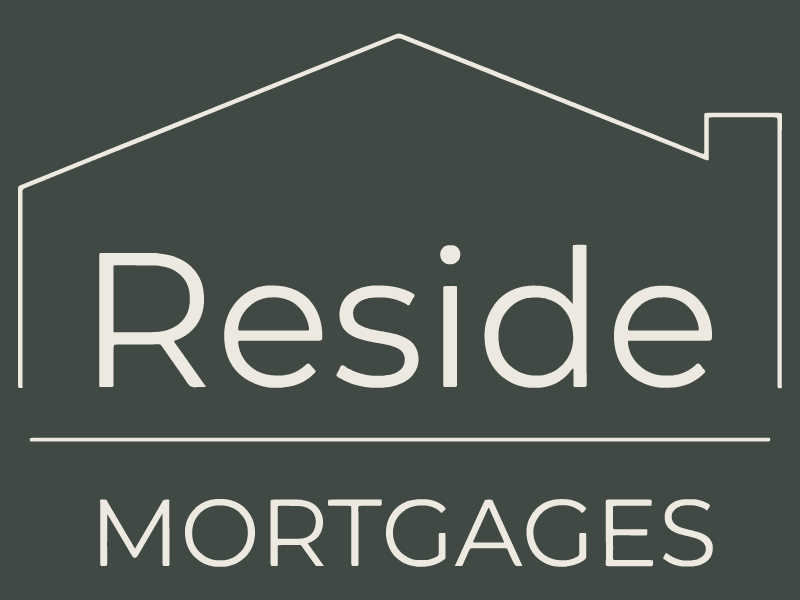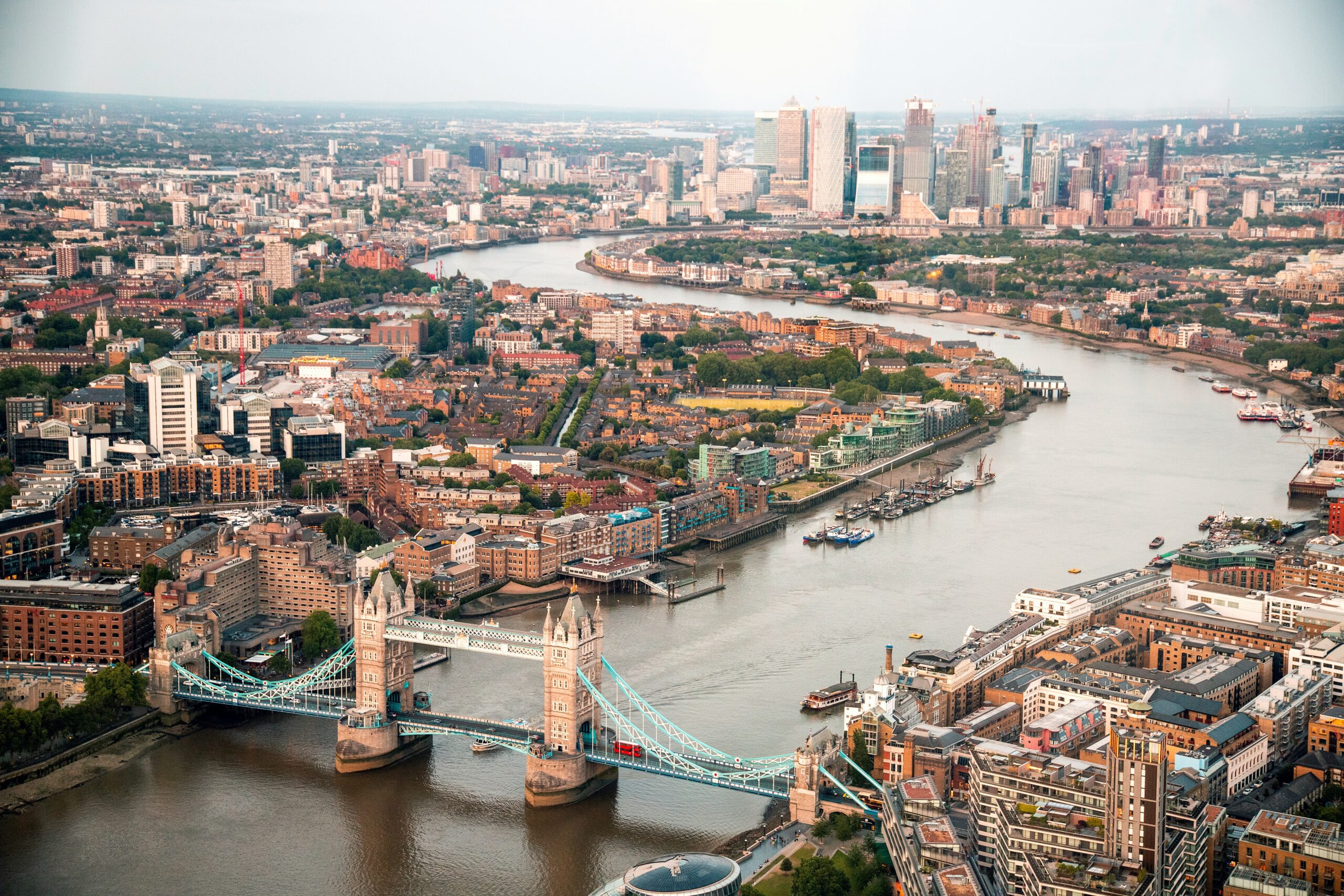The London housing market is an ever evolving landscape, shaped by a myriad of factors, from economic shifts to government policies. In this article, we’ll take a closer look at the current state of the market, including recent price changes, new developments, the composition of buyers, and how it has transformed since the lockdown.
Price Changes:
The London housing market has experienced notable price changes in recent years. It’s almost a bubble of its own. While it remains one of the most expensive cities to buy property in, there has been a more pronounced focus on affordability and sustainability. London’s property prices have shown some signs of stabilisation, with fewer sharp spikes in certain areas. In the wake of the pandemic, many people have been reassessing their housing needs, leading to increased demand for more spacious properties and homes with outdoor areas. And in London, that comes with a huge price tag.
New Developments:
London is a city in constant expansion, and this extends to its housing market. The city skyline is dotted with new developments, particularly in the form of modern apartment complexes and mixed use properties (usually residential blocks with commercial space at street level). These developments are designed to cater to the city’s diverse population, offering everything from luxury apartments to affordable housing options. In line with evolving demands, developers are increasingly incorporating eco-friendly features and communal spaces in their designs, as well as utilising energy efficient building methods.
Buyers:
The composition of buyers in the London housing market is as diverse as the city itself. While foreign investors have traditionally played a significant role, there is a growing emphasis on local and domestic buyers. First time homebuyers and young families are actively participating in the market, seeking properties in up-and-coming neighbourhoods with good schools and transport links. In contrast, seasoned buyers and investors continue to pursue opportunities in prime locations.
Post-Lockdown Trends:
The COVID-19 pandemic has brought about substantial changes in how Londoners view their homes and lifestyles. Lockdowns and remote working have driven many to reassess their housing priorities. Some notable trends include:
Home Office Space: With remote work becoming a permanent fixture for many, the demand for properties with dedicated home office spaces has surged.
Outdoor Living: The desire for outdoor spaces, such as balconies, terraces, and gardens, has grown, as people seek solace and open-air respite within their homes.
Shift in Commuting Priorities: Proximity to the workplace has become less of a priority for some, leading to increased interest in suburban areas with excellent transport links.
Sustainable Living: Eco-friendly features in properties, such as energy-efficient appliances and sustainable building materials, have become more appealing to buyers concerned about environmental impact.
Suburban Resurgence: Suburban areas on the outskirts of London have witnessed a resurgence in popularity as people seek more space, tranquillity, and access to nature.
The London housing market continues to adapt to the evolving needs and preferences of its diverse population. While the city’s property prices remain a prominent feature, changes in the market have made it more inclusive, offering opportunities for various buyer profiles. As remote work and sustainable living become more integral to the lifestyle of Londoners, we can expect these trends to continue influencing the housing market in the foreseeable future. Watch out for more updates on the ever changing landscape of London’s real estate scene.


